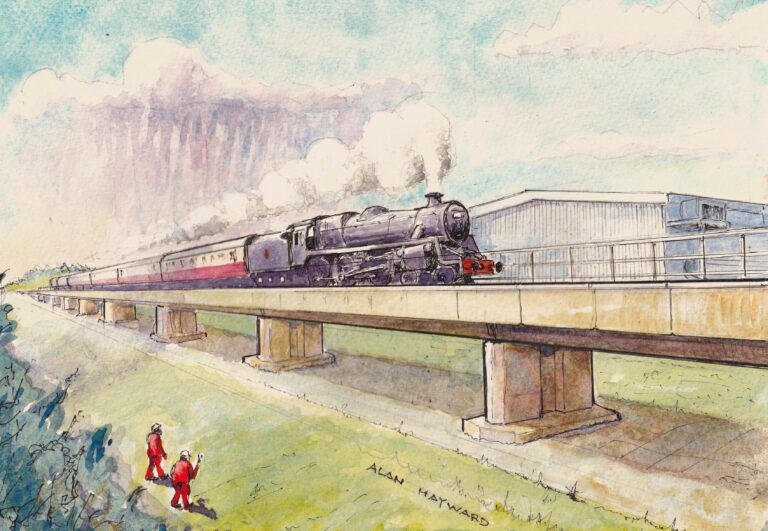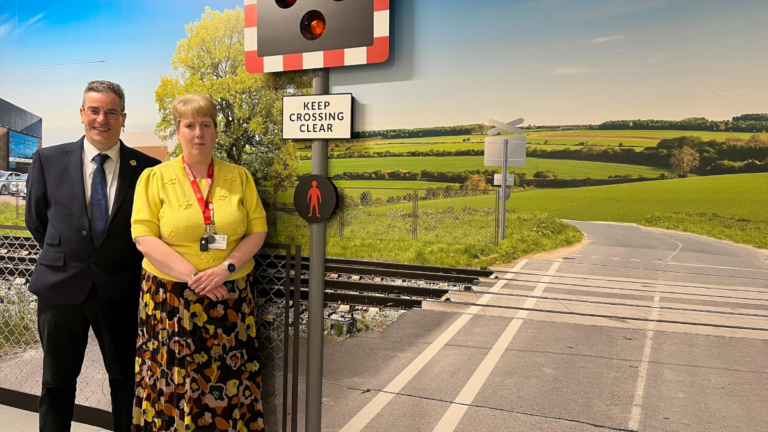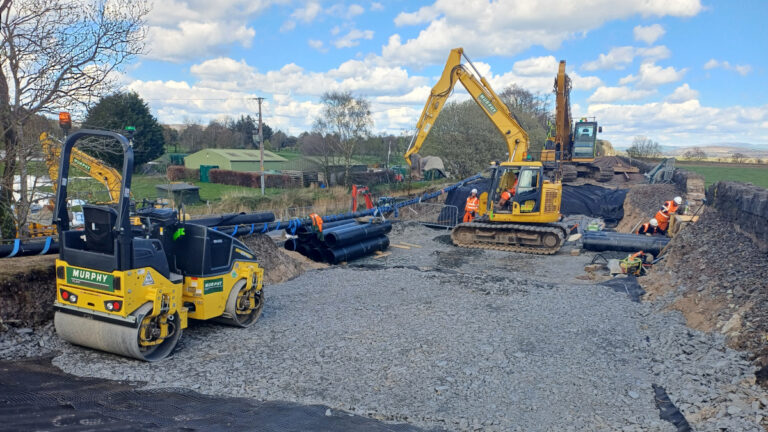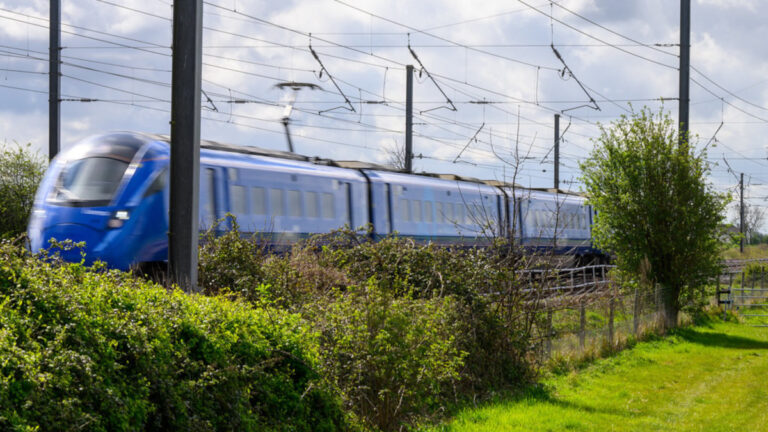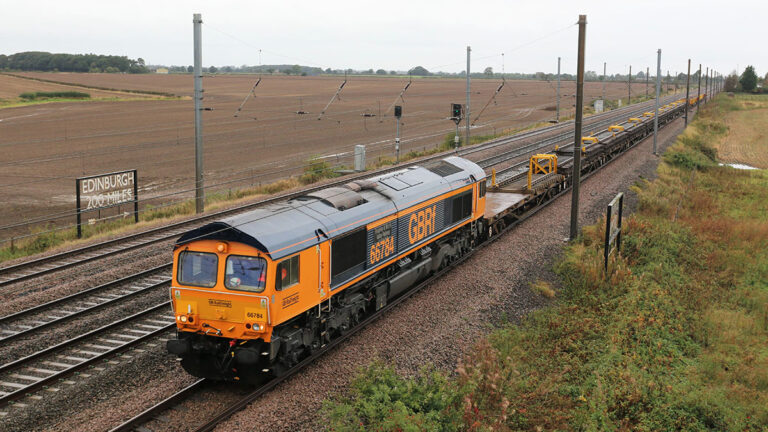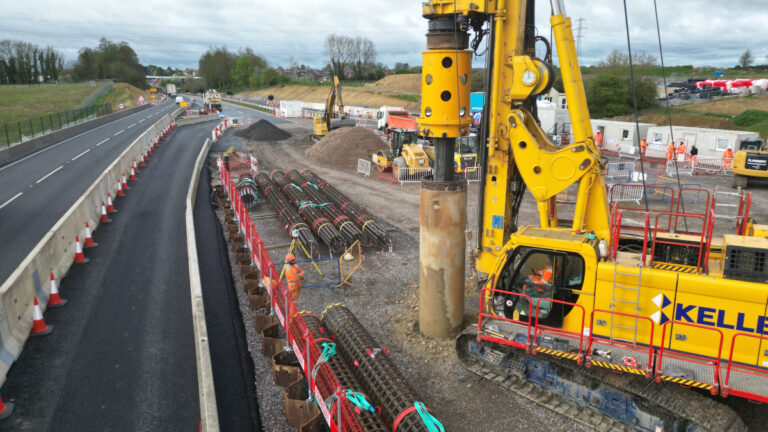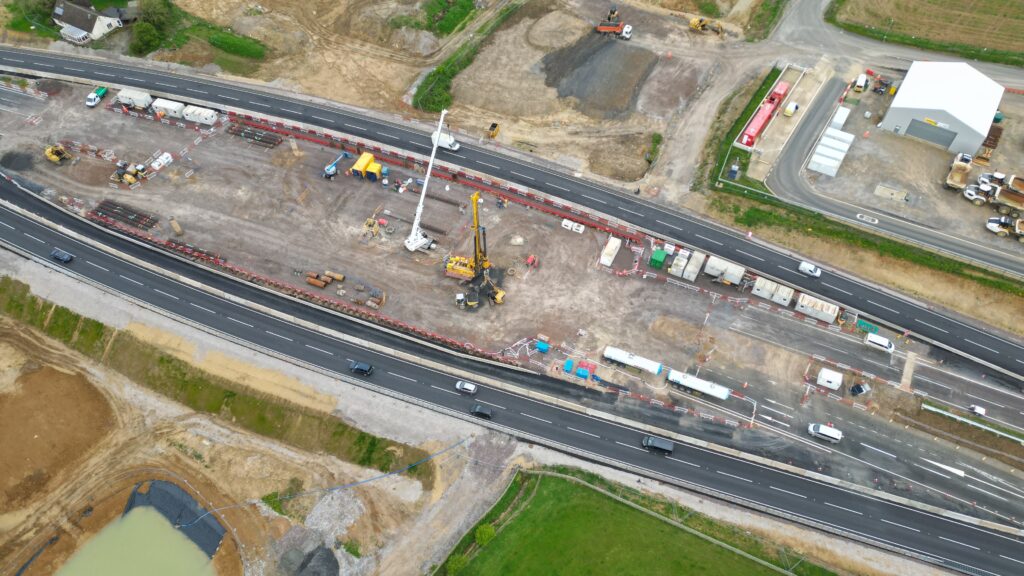One month on, services are running again on the Furness line between Lancaster and Barrow-in-Furness.
Network Rail engineers have been working around the clock to restore the railway at Grange-over-Sands after a Northern train left the tracks.
A void in the ground was found about 150 metres away from the derailed train.
More than 8,100 hours of work has taken place to get the railway restored so trains can run again.
Engineers removed 400 tonnes of spoil from the embankments, and installed almost 84 tonnes of new materials to repair the damage at the location.
Phil James, Network Rail’s North West route director, said: “I’d like to thank passengers for their patience while we worked tirelessly to get the railway back up and running after it was severely damaged by the void and train derailment.
“This has been a very complex recovery and repair job. We’re continuing to work with the Rail Accident Investigation Branch on the investigation into what caused the derailment, but we’re really glad we’ve been able to work quickly to get the railway fixed.
“I’m pleased that the line is open again for passengers on the busy Furness line.”
Network Rail have been working closely with train operator, Northern, to keep passengers on the move during the closure.
Craig Harrop, regional director for Northern in the North West, said: “We’d like to thank our customers for their patience while these important repairs to the rail infrastructure have been carried out by Network Rail. We’re very pleased to be able to resume rail services on the Furness Line and re-connect our customers with the rest of our network.”
Network Rail is working with the Rail Accident Investigation Branch (RAIB) to identify the cause of the void and derailment.
Image credit: Network Rail


